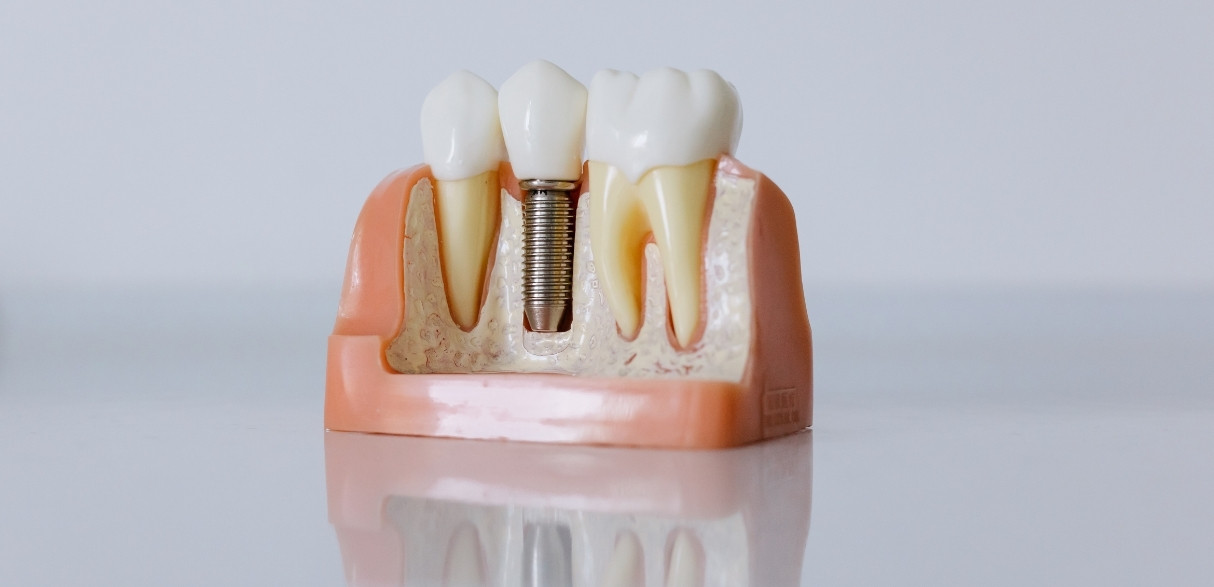
In Alberta, where dental health is increasingly prioritized, implant dentistry has become a popular solution for missing teeth. A critical aspect of this procedure, often overlooked, is bone grafting – a process integral to the success of dental implants. This article delves into the process and purpose of bone grafting in implant dentistry, illuminating its significance for patients in Alberta.
Understanding Bone Grafting in Implant Dentistry
Bone grafting is a procedure performed to augment or regenerate bone in areas where it is deficient, particularly in the jawbone. This deficiency often results from tooth loss, periodontal disease, or trauma, leading to bone resorption over time. Implant dentistry requires a solid bone foundation for the implant to be successful, and bone grafting addresses this prerequisite.
The Process of Bone Grafting
The process of bone grafting, particularly in the context of implant dentistry, involves several critical steps aimed at rebuilding or enhancing bone in areas where it is deficient. This procedure is essential when there isn’t enough healthy natural bone to support dental implants. Here’s an in-depth look at the process:
Initial Assessment and Planning
The bone grafting process begins with a thorough evaluation. This involves detailed dental examinations, including X-rays or CT scans, to assess the quality and quantity of the jawbone. Based on these assessments, dental professionals determine the necessity and the type of bone grafting required. This stage is crucial for customizing the treatment to each patient’s specific needs.
Choosing the Graft Material
The next step is selecting the appropriate grafting material. There are several types of bone grafts:
Autografts: Bone harvested from the patient’s own body, such as from the chin, hip, or shin. This type is often preferred because it involves the patient’s bone tissue, reducing the risk of rejection.
Allografts: Bone sourced from a human donor, usually obtained from a bone bank.
Xenografts: These grafts are derived from animal sources, commonly bovine.
Synthetic Materials: Biocompatible synthetic materials can also be used, which mimic the bone structure.
Surgical Procedure
Bone grafting is a surgical procedure and is typically performed under local anesthesia. However, sedation options may be available depending on the patient’s comfort and the complexity of the procedure. During surgery, the dentist or oral surgeon makes an incision in the gum to expose the underlying bone. The chosen graft material is then meticulously placed in the area where additional bone is needed. Sometimes, a collagen membrane may be used to cover the graft and encourage bone regeneration while preventing the growth of soft tissue into the graft area.
Healing and Integration
After the graft is placed, the incision is sutured, and the healing process begins. This is a critical phase known as osseointegration, where the new bone material fuses with the existing bone. This process can take several months, depending on the individual’s health, the extent of the grafting, and the type of graft material used. Successful osseointegration is essential for the stability and longevity of a future dental implant.
Post-Operative Care
After the surgery, patients may experience some swelling and discomfort, which is normal. Pain management strategies, antibiotics, and specific oral hygiene instructions are provided to ensure a smooth recovery. Patients are usually advised to eat soft foods and avoid certain activities that could disturb the graft site.
The Purpose and Benefits of Bone Grafting
- Creating a Solid Foundation for Implants: Bone grafting ensures there is adequate bone to support dental implants, which is crucial for the long-term success of the implant.
- Restoring Jawbone Structure: Tooth loss leads to bone resorption. Bone grafting helps restore the jawbone’s original structure, maintaining the integrity of facial features.
- Improving Aesthetics and Functionality: By rebuilding the jawbone, bone grafting enhances both the functional and aesthetic aspects of the patient’s smile and overall facial appearance.
- Preventing Further Bone Loss: Bone grafting in areas of bone loss helps prevent further deterioration, preserving oral health.
The Role of Technology in Bone Grafting
Advancements in technology, especially in Alberta’s dental sector, have significantly improved the bone grafting process. Techniques like guided bone regeneration and the use of growth factors have enhanced the effectiveness and predictability of the procedure.
The Bone Grafting Experience in Alberta
Patients in Alberta can expect a professional and patient centric approach to bone grafting. Clinics are equipped with advanced technologies, and dentists are skilled in the latest techniques, ensuring a safe and effective procedure. Post-operative care is given utmost importance, with detailed guidance on managing discomfort, maintaining oral hygiene, and monitoring the healing process.
Potential Risks and Complications
Like any surgical procedure, bone grafting has potential risks, such as infection, graft failure, or nerve damage. However, in Alberta, the high standards of medical practice and stringent protocols minimize these risks.
Aftercare and Recovery
Post-operative care is crucial for the success of bone grafting. This includes following a soft diet, avoiding smoking, maintaining oral hygiene, and attending follow-up appointments. Recovery varies among individuals, but most can resume normal activities within a few days.
Bone grafting plays a pivotal role in the success of implant dentistry in Alberta. Providing a stable base for implants not only enhances the effectiveness of dental implants but also contributes to the overall oral health and well-being of patients. The procedure, backed by advanced technology and expert dental professionals in Alberta, stands as a testament to the progress in contemporary dentistry, offering hope and solutions to those suffering from tooth loss and bone deficiency.




